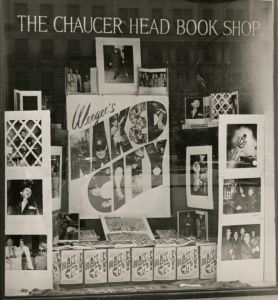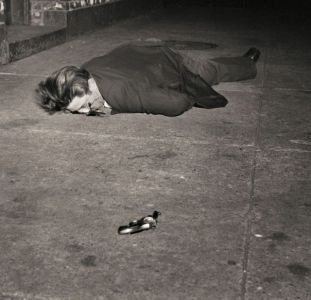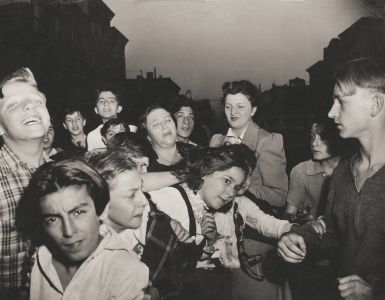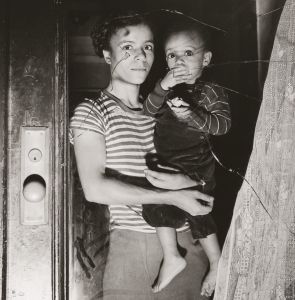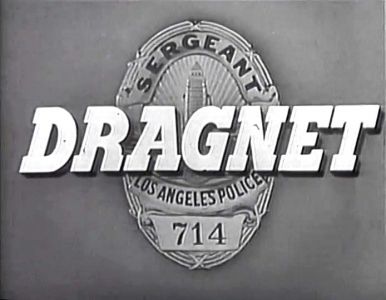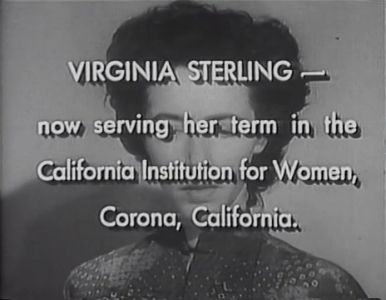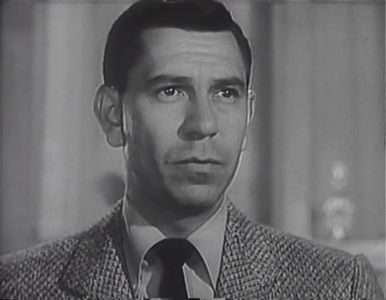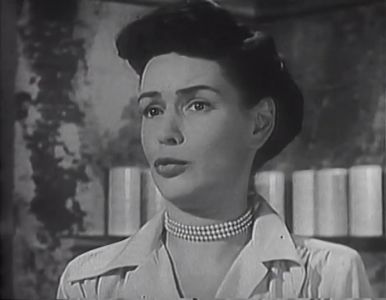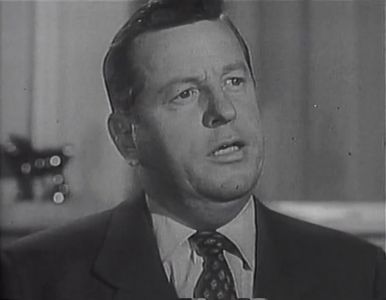Difference between revisions of "Genre Study (Discussion)"
From Screenpedia
Jump to navigationJump to search| (63 intermediate revisions by 2 users not shown) | |||
| Line 1: | Line 1: | ||
| − | + | ==''Television'' on genre== | |
| − | + | #'''Group 1''': What dilemma do genre scholars face when trying to define a genre? Explain the ''theoretical'' way of escaping that dilemma and the ''historical'' way of escaping it. Within your group, conduct a survey to determine what its "cultural consensus" is for the definition of the sitcom. You may wish to refer to sitcoms we've seen in class. | |
| − | # | + | #'''Group 2''': Genres may be defined based on their ''stylistic schema''. Explain that phrase and how it might be used to define a genre. Provide an example. |
| − | #the | + | #'''Group 3''': Genres may be defined by their subject matter--specifically, their ''narrative structure''. Explain how Kaminsky and Mahan articulate the police show's narrative structure. Can you think of recent police shows that exemplify this? |
| − | + | #'''Group 4''': Genres may be defined by their subject matter--specifically, their ''themes''. Explain the "binary oppositions" (thematic structure) that Hurd finds in the police show. Can you think of recent police shows that exemplify this? | |
| − | + | ==Jason Mittell on ''Dragnet'' and genre== | |
| + | Mittell does not mention this, but ''The Naked City'' took its name from a book of New York Crime photographs by [[wikipedia:Weegee|Weegee]]. These are samples of his work. | ||
| − | ''' | + | <gallery mode="packed" heights=200px> |
| + | File:Bookdisplay weegee 20053 1993 fans3.jpg|alt=Display of Naked City book.|Shop display of ''Weegee's Naked City''. | ||
| + | File:Corpse with gun.jpg|alt=Crime photo by Weegee.|Crime photo. | ||
| + | File:Crowd.jpg|alt=New York City crowd, photo by Weegee.|New York City crowd. | ||
| + | File:Woman and child Weegee 191.jpg|alt=Woman and child.|Woman and child. | ||
| + | </gallery> | ||
| − | ''' | + | Mittell writes that he wants to explore "how ''the generic categories of |
| + | *police show, | ||
| + | *documentary, | ||
| + | *film noir, and | ||
| + | *radio crime drama'' | ||
| + | were all activated within and around the program. ''Dragnet'' not only drew upon these categories in its textual conventions, formal properties, and encoded meanings, but also in its larger cultural circulation in the 1950s and 1960s, activating discourses of generic definition, interpretation, and evaluation." (124) | ||
| − | '' | + | <gallery mode="packed" heights=200px> |
| + | File:Dragnet19540311qq00 00 17qq00001-boostedcontrast.jpg|alt=Dragnet title card.|''Dragnet'' title card. | ||
| + | File:Dragnet19540311qq00 25 03qq00182.jpg|alt=Sentencing.|End credits: Virginia Sterling's sentencing information. | ||
| + | File:Dragnet19540311qq00 07 18qq00060.jpg|alt=Friday interviews a suspect.|Sergeant Friday interviews a suspect. | ||
| + | File:Dragnet19540311qq00 07 22qq00061.jpg|alt=Shoplifting suspect.|Patricia, shoplifting suspect. | ||
| + | File:Dragnet19540311qq00 07 29qq00062.jpg|alt=Officer Frank Smith interviews a suspect.|Officer Frank Smith interviews a suspect. | ||
| + | </gallery> | ||
| − | ''' | + | '''[http://tvcrit.org/Classes/Jbutler/BUI301/Dragnet_BigShopLift_19540311/ View more ''Dragnet'' screenshots here--one screenshot from each shot of the episode.] |
| − | # | + | #'''Group 1''': Mittell contends, "These two genres [the documentary and the crime film] mixed within the semi-documentary [movie] cycle in the late 1940s, a generic reference that was explicitly taken up on 1950s television by ''Dragnet'' and its peers." He thus explicitly connects ''Dragnet'' with the semi-documentary film, ''The Naked City''. What intrigues Mittell about ''The Naked City'' is how it makes claims to being "authentic." To answer the questions below, it may be useful to refer to [https://tvcrit.org/Classes/Jbutler/BUI301/The%20Naked%20City/ screenshots from ''The Naked City'']. |
| − | + | ##Which aspects of ''The Naked City'' does he specify as asserting its authenticity? Which aspects depart from documentary-style authenticity? | |
| − | #How does | + | ##How does this notion of authenticity connect to ''Dragnet''? That is, what aspects of ''Dragnet'' assert its authenticity? Can you see these in "The Big Shoplift" episode? |
| + | #'''Group 2''': | ||
| + | ##According to the Mittell chapter, what stylistic conventions (what ''Television'' calls "stylistic schemas") can be found in ''Dragnet''? (Hint: his term, "formal," refers to stylistic aspects of television.) | ||
| + | ##For example, how does Mittell interpret the acting style of ''Dragnet'' and its "line editing"? | ||
| + | ##Mittell refers to the style of TV crime dramas that were broadcast live--such as ''Martin Kane, Private Eye'' (although he uses other examples such as ''Man Against Crime''). How does he characterize them? Do you observe this in ''Martin Kane''? How is ''Dragnet'' different? | ||
| + | #'''Group 3''': | ||
| + | ##What narrative pattern does Mittell see in ''Dragnet''? Outline it as Kaminsky and Mahan do. | ||
| + | ##How does it compare/contrast with the Kaminsky and Mahan model? | ||
| + | ##Can you see this in "The Big Shoplift" episode? | ||
| + | #'''Group 4''': | ||
| + | ##How does Mittell apply the idea of oppositions? | ||
| + | ##What is his point about "mediating figures"? Is Sgt. Friday one? | ||
| + | ##Does "The Big Shoplift" episode support his argument? | ||
| + | ##Can you identify any of Hurd's binary oppositions (from the British police show) in "The Big Shoplift"? | ||
==All groups== | ==All groups== | ||
| − | + | #List two strength(s) of genre analysis. List two weaknesses of this approach. Email to jbutler@ua.edu . '''Best responses are boldfaced by Dr. Butler.''' | |
| − | #List two strength(s) of genre analysis. List two weaknesses of this approach. | + | #*'''Group 1:''' |
| + | #**s: | ||
| + | #**w: | ||
| + | #*'''Group 2:''' | ||
| + | #**s: | ||
| + | #**w: | ||
| + | #*'''Group 3:''' | ||
| + | #**s: | ||
| + | #**w: | ||
| + | #*'''Group 4:''' | ||
| + | #**s: | ||
| + | #**w: | ||
== Bibliography == | == Bibliography == | ||
| − | # | + | #Jeremy G. Butler, ''Television: Visual Storytelling and Screen Culture'' (NY: Routledge, 2018). |
| − | # | + | #Jason Mittell, ''Genre and Television: From Cop Show to Cartoons in American Culture'' (NY: Routledge, 2004). |
==External links== | ==External links== | ||
| − | *[ | + | *[https://tvcrit.org/Classes/Jbutler/TVCrit2018_images_ByChapters/13_2020revision/index.html ''Television'' illustrations, chapter 13] |
| + | *[https://tvcrit.org/Classes/Jbutler/BUI301/The%20Naked%20City/ Screenshots from ''The Naked City''] | ||
| − | [[Category: | + | [[Category:BUI301]] |
| − | [[Category: | + | [[Category:BUI301 Discussion]] |
| + | [[Category:JCM311]] | ||
| + | [[Category:JCM311 Discussion]] | ||
Latest revision as of 19:32, 5 November 2020
Television on genre
- Group 1: What dilemma do genre scholars face when trying to define a genre? Explain the theoretical way of escaping that dilemma and the historical way of escaping it. Within your group, conduct a survey to determine what its "cultural consensus" is for the definition of the sitcom. You may wish to refer to sitcoms we've seen in class.
- Group 2: Genres may be defined based on their stylistic schema. Explain that phrase and how it might be used to define a genre. Provide an example.
- Group 3: Genres may be defined by their subject matter--specifically, their narrative structure. Explain how Kaminsky and Mahan articulate the police show's narrative structure. Can you think of recent police shows that exemplify this?
- Group 4: Genres may be defined by their subject matter--specifically, their themes. Explain the "binary oppositions" (thematic structure) that Hurd finds in the police show. Can you think of recent police shows that exemplify this?
Jason Mittell on Dragnet and genre
Mittell does not mention this, but The Naked City took its name from a book of New York Crime photographs by Weegee. These are samples of his work.
Mittell writes that he wants to explore "how the generic categories of
- police show,
- documentary,
- film noir, and
- radio crime drama
were all activated within and around the program. Dragnet not only drew upon these categories in its textual conventions, formal properties, and encoded meanings, but also in its larger cultural circulation in the 1950s and 1960s, activating discourses of generic definition, interpretation, and evaluation." (124)
View more Dragnet screenshots here--one screenshot from each shot of the episode.
- Group 1: Mittell contends, "These two genres [the documentary and the crime film] mixed within the semi-documentary [movie] cycle in the late 1940s, a generic reference that was explicitly taken up on 1950s television by Dragnet and its peers." He thus explicitly connects Dragnet with the semi-documentary film, The Naked City. What intrigues Mittell about The Naked City is how it makes claims to being "authentic." To answer the questions below, it may be useful to refer to screenshots from The Naked City.
- Which aspects of The Naked City does he specify as asserting its authenticity? Which aspects depart from documentary-style authenticity?
- How does this notion of authenticity connect to Dragnet? That is, what aspects of Dragnet assert its authenticity? Can you see these in "The Big Shoplift" episode?
- Group 2:
- According to the Mittell chapter, what stylistic conventions (what Television calls "stylistic schemas") can be found in Dragnet? (Hint: his term, "formal," refers to stylistic aspects of television.)
- For example, how does Mittell interpret the acting style of Dragnet and its "line editing"?
- Mittell refers to the style of TV crime dramas that were broadcast live--such as Martin Kane, Private Eye (although he uses other examples such as Man Against Crime). How does he characterize them? Do you observe this in Martin Kane? How is Dragnet different?
- Group 3:
- What narrative pattern does Mittell see in Dragnet? Outline it as Kaminsky and Mahan do.
- How does it compare/contrast with the Kaminsky and Mahan model?
- Can you see this in "The Big Shoplift" episode?
- Group 4:
- How does Mittell apply the idea of oppositions?
- What is his point about "mediating figures"? Is Sgt. Friday one?
- Does "The Big Shoplift" episode support his argument?
- Can you identify any of Hurd's binary oppositions (from the British police show) in "The Big Shoplift"?
All groups
- List two strength(s) of genre analysis. List two weaknesses of this approach. Email to jbutler@ua.edu . Best responses are boldfaced by Dr. Butler.
- Group 1:
- s:
- w:
- Group 2:
- s:
- w:
- Group 3:
- s:
- w:
- Group 4:
- s:
- w:
- Group 1:
Bibliography
- Jeremy G. Butler, Television: Visual Storytelling and Screen Culture (NY: Routledge, 2018).
- Jason Mittell, Genre and Television: From Cop Show to Cartoons in American Culture (NY: Routledge, 2004).
